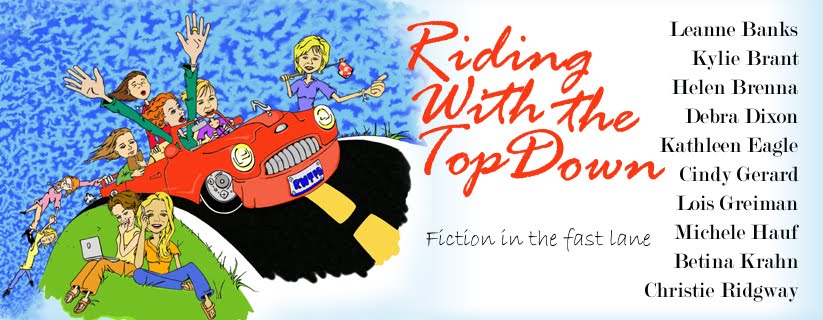 This is not a Native American sweat lodge. How can you tell? It's covered with plastic.
This is not a Native American sweat lodge. How can you tell? It's covered with plastic. This is definitely not a Native American sweat lodge. It's not a even a Native American style sweat lodge. This is the structure used recently in Arizona during a "spiritual warrior" event that resulted in 3 deaths. I heard and read the "Native American" reference over and over again in the news reports. Call it New Age (whatever that means) or motivational magic or self discovery, but I'm going to go out on a limb here and say that what you see here bears little resemblance to Native American tradition and that reporters and self-help gurus alike should refrain from adding insult to injury by drawing any kind of comparison between American Indian ceremonies and the kind of activity that went on at the Sedona retreat.
This is definitely not a Native American sweat lodge. It's not a even a Native American style sweat lodge. This is the structure used recently in Arizona during a "spiritual warrior" event that resulted in 3 deaths. I heard and read the "Native American" reference over and over again in the news reports. Call it New Age (whatever that means) or motivational magic or self discovery, but I'm going to go out on a limb here and say that what you see here bears little resemblance to Native American tradition and that reporters and self-help gurus alike should refrain from adding insult to injury by drawing any kind of comparison between American Indian ceremonies and the kind of activity that went on at the Sedona retreat.I've written about Lakota ceremonies in many of my novels. I'm not Lakota, and I've never participated in inipi--the sweat lodge ceremony--but my husband and my sons have. I've been present. I've heard the songs and the prayers, but always from the outside. (Heck, I've been known to faint in a steamy bathroom.) I've been to Sun Dance, which is truly a moving experience.
 This is a Native American sweat lodge. Yes, it's a little old, but it's authentic. They're still made this way. It's a willow frame covered with tanned hides or canvas. Maybe some blankets, but they tend to drip. No plastic. Plastic doesn't breathe. Notice the size. Clyde says he's never been in a sweat lodge with more than 10 participants, and usually not that many. Not just anybody can run a sweat in Indian Country, and no one pays to attend. People contribute food, and they might bring a gift of tobacco, sage or sweetgrass. Holy Men (aka, medicine men) do not charge fees. Ever. Traditional Lakota ceremonies like inipi and hanbleceya (the vision quest, to which guru James Arthur Ray has also tried to lay claim) are not part of a for-profit enterprise. Lakota spirituality is not for sale. If you're paying $10,000 for your "spiritual warrior" experience, it has nothing to do with Native American tradition. I'm not saying you won't get anything out of it, but buyer beware. And seller, be honest. And reporter, for heaven's sake, tell it like it is.
This is a Native American sweat lodge. Yes, it's a little old, but it's authentic. They're still made this way. It's a willow frame covered with tanned hides or canvas. Maybe some blankets, but they tend to drip. No plastic. Plastic doesn't breathe. Notice the size. Clyde says he's never been in a sweat lodge with more than 10 participants, and usually not that many. Not just anybody can run a sweat in Indian Country, and no one pays to attend. People contribute food, and they might bring a gift of tobacco, sage or sweetgrass. Holy Men (aka, medicine men) do not charge fees. Ever. Traditional Lakota ceremonies like inipi and hanbleceya (the vision quest, to which guru James Arthur Ray has also tried to lay claim) are not part of a for-profit enterprise. Lakota spirituality is not for sale. If you're paying $10,000 for your "spiritual warrior" experience, it has nothing to do with Native American tradition. I'm not saying you won't get anything out of it, but buyer beware. And seller, be honest. And reporter, for heaven's sake, tell it like it is.Why do I broach this subject here in the convertible? I spoke of Snopes a few days ago--a fact-checking site that helps us separate fact from fiction. I've blogged about stereotypes in the past. We're readers and writers here. Of all the cultures that are part of our American "melting pot," native cultures seem to be the most fictionalized.
I love fiction. Love it. Read it all the time. I can find more truth in 200 pages of good fiction than a week's worth of cable news. And I'm a news junkie. How about you? What kind of truth do you find in fiction? What kind of truth does a writer try to bring to her fiction, and how does she achieve that? And what about facts? Are they getting lost in this Age of Information?
I've got another autographed copy of IN CARE OF SAM BEAUDRY for one of our commenting passengers today. (Sam's brother, Zach, is coming to a store near you December 1 in ONE COWBOY, ONE CHRISTMAS.)





